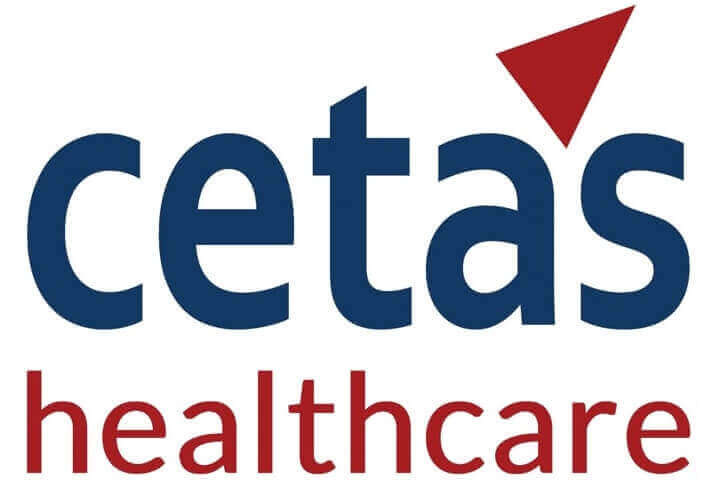X
In today’s healthcare landscape, remote monitoring stands as a pivotal innovation transforming how patient care is delivered. By leveraging technology, healthcare providers can monitor patients outside traditional clinical settings, enabling continuous care and early detection of potential health issues.
Remote monitoring encompasses a broad spectrum of technologies and practices. Initially, it began with simple telemedicine consultations, where patients could seek medical advice without visiting a healthcare facility. Over time, advancements have led to the integration of various devices and applications that offer more comprehensive monitoring solutions.
The primary advantage of remote monitoring is its ability to provide continuous, real-time data, enabling proactive healthcare. This approach allows for early detection of potential health issues, leading to timely interventions and improved patient outcomes. Additionally, remote monitoring reduces the need for frequent hospital visits, thereby decreasing healthcare costs and increasing patient convenience.
Despite its numerous benefits, remote monitoring also presents challenges. Data accuracy, patient adherence to using the devices, and data privacy concerns are significant issues that need to be addressed. Furthermore, the integration of remote monitoring data into existing healthcare systems requires robust IT infrastructure and interoperability standards. Some more challenges include –
As technology continues to advance, the capabilities of remote patient monitoring (RPM) will expand significantly. Future developments will include more sophisticated AI-driven tools that can manage real-time data on vital signs such as oxygen saturation, heart rate, and stress levels. These advancements will enable early detection and proactive management of chronic conditions like COPD and heart failure.
The scope of RPM is broadening to include post-operative care, mental health monitoring, and hospital-at-home programs. These applications will help reduce emergency room visits and hospital readmissions, resulting in significant cost savings for healthcare systems. For instance, continuous monitoring of heart failure patients has already demonstrated a decrease in emergency visits.
Regulatory changes and government initiatives will play a crucial role in promoting the adoption of RPM solutions. In the US, the Centers for Medicare & Medicaid Services (CMS) have introduced new billing codes and expanded coverage, particularly benefiting rural and underserved communities. These policies ensure that RPM services become more accessible and financially viable for a broader range of healthcare providers and patients.
Discover how Cetas Healthcare partnered with a leading MedTech company to optimize their digital solutions in cardiology and oncology care pathways. This collaboration highlights the potential of RPM to enhance patient care and streamline healthcare delivery. Read the full case study here.
Digital solutions such as remote monitoring is revolutionizing patient care, offering significant benefits in terms of early detection, continuous monitoring, and reduced healthcare costs. Cetas Healthcare can help MedTech companies optimize their digital solutions ensuring the integration of advanced remote monitoring technologies to enhance patient outcomes and streamline healthcare delivery.


We provide the best insights for your business
